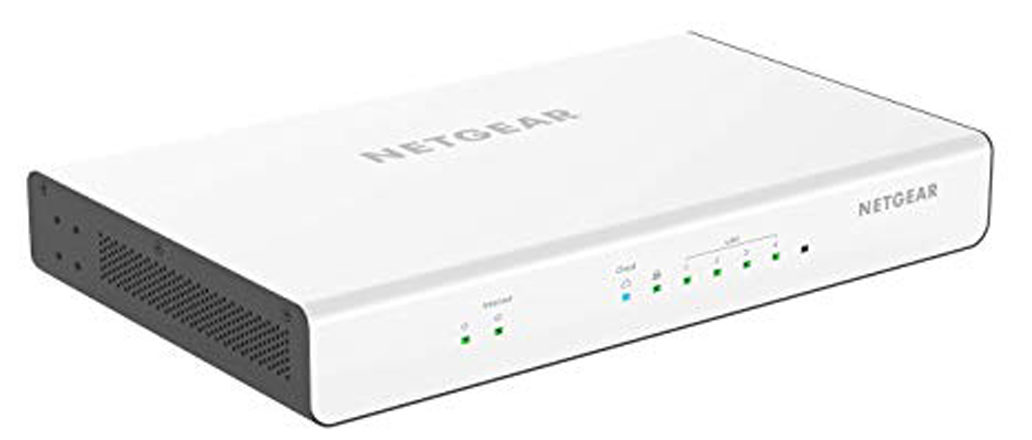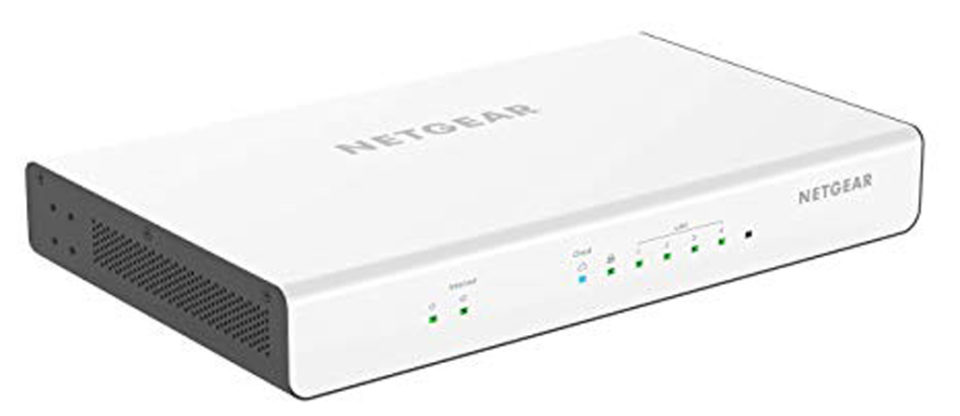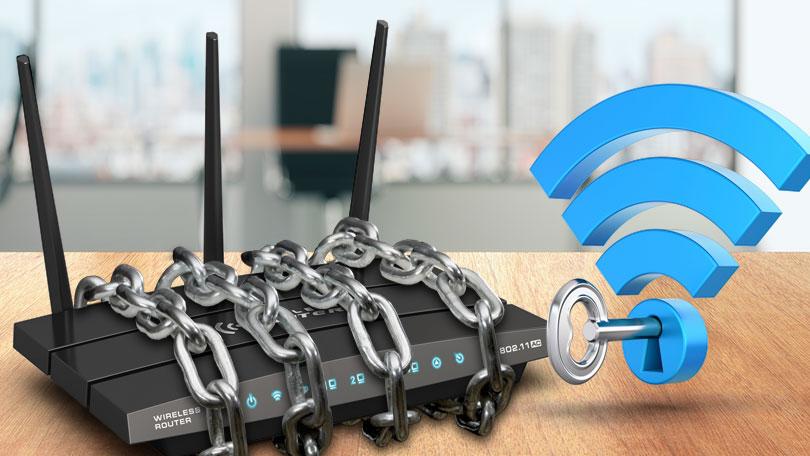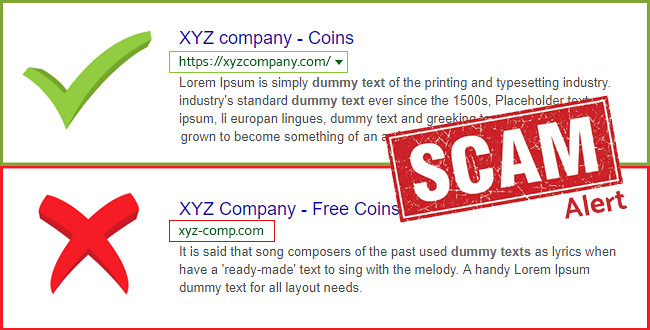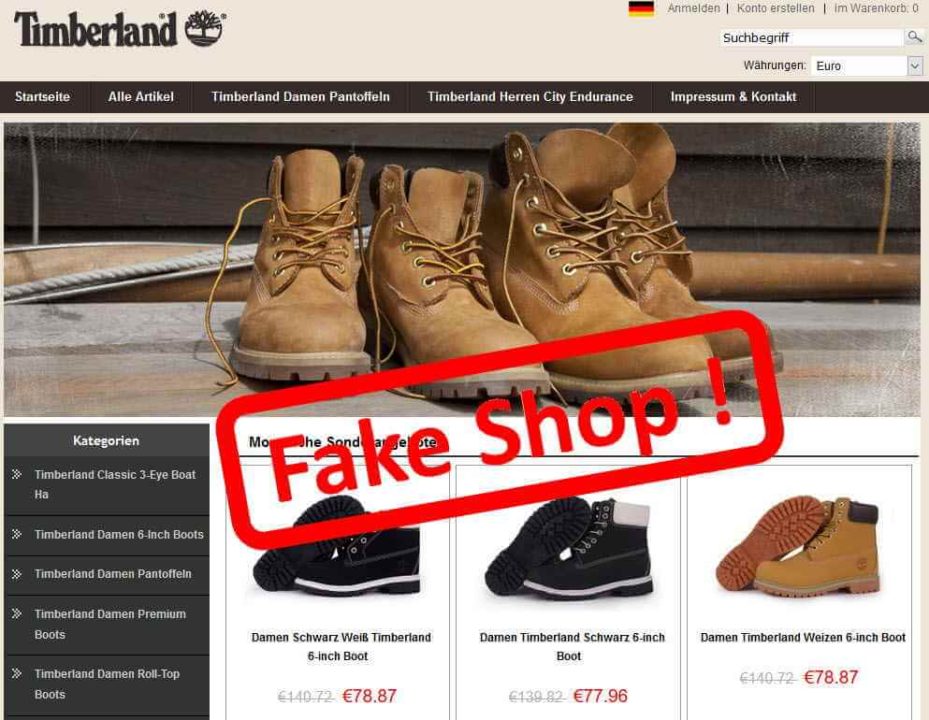
The Titanium malware has been released into the wild and is already making plenty of headlines. But what’s the full story behind this backdoor malware?
New malware is released every day, but certain strains are more dangerous than others. And Titanium certainly stands out. It’s a piece of malware which is highly advanced in terms of technology and pushes the boundaries of hacking. Any organization which values its privacy and security, therefore, needs to be aware of Titanium. Hacking, after all, hits productivity hard and this is magnified when it’s an advanced hack.
So, to help protect your computer network and maintain productivity, we’re going to tell you all you need to know about the Titanium malware.
Where Did Titanium Come From?
A major hack needs a major ‘talent’ behind it and Titanium certainly satisfies this condition. The perpetrator is believed to be the hacking group known as Platinum. And, in the last few years, Platinum has gained notoriety for developing persistent threats in the Asia-Pacific area. Believed to be state-sponsored, Platinum has access to funds and technology to develop advanced hacking tools. And this is exactly what Titanium is.
Titanium spreads from PC to PC in a number of different ways:
- Vulnerable intranets that have already been exploited by malware allow Titanium to get a foothold before infecting multiple workstations
- Stealthily infecting Windows installation tasks and installing itself at the same time as legitimate software
- Using a shellcode which is activated as part of the Windows logon process to ensure it’s active from startup
What Does Titanium Do?
Titanium is advanced malware and is able to infect computers in a number of different ways. It’s a combination which marks it out as a major threat, but what does Titanium actually do? Well, once it’s unleashed, it can do the following:
- Read, send and delete any file contained within the infected PC
- Edit configuration settings on the PC
- Receive commands from a remote server
Titanium is particularly virulent due to its emphasis on stealth. The potential for mimicry within Titanium is strong as it can imitate a wide range of legitimate software. And it’s this skill for imitation which enhances Titanium’s ability to deceive and spread.
How Do You Tackle Titanium?
With its combination of multiple infection threats, ability to imitate and connection to remote servers, Titanium is a slice of malware you want to avoid. While it may be dangerous, it isn’t impossible to avoid. To keep one step ahead of Titanium make sure you practice the following:
- Only install software that comes from a legitimate source e.g. purchased products and not illegal torrents
- Make sure that network activity is continuously monitored to detect any unusual traffic
- Double check all requests for software upgrades/firmware as these could easily be compromised by Titanium
- Use a firewall at all times to help prevent unauthorized connections in and out of your network
Titanium may be very quiet at the moment – Kaspersky are yet to detect any current activity – but vigilance is recommended due to the forces behind it. By understanding the threat of Titanium you can ensure that your network is protected from yet another pressing threat.
For more ways to secure and optimize your business technology, contact your local IT professionals.
Read More





